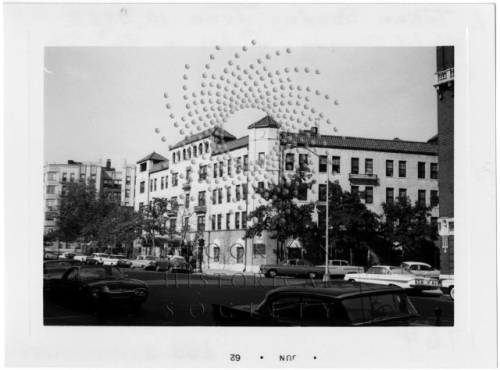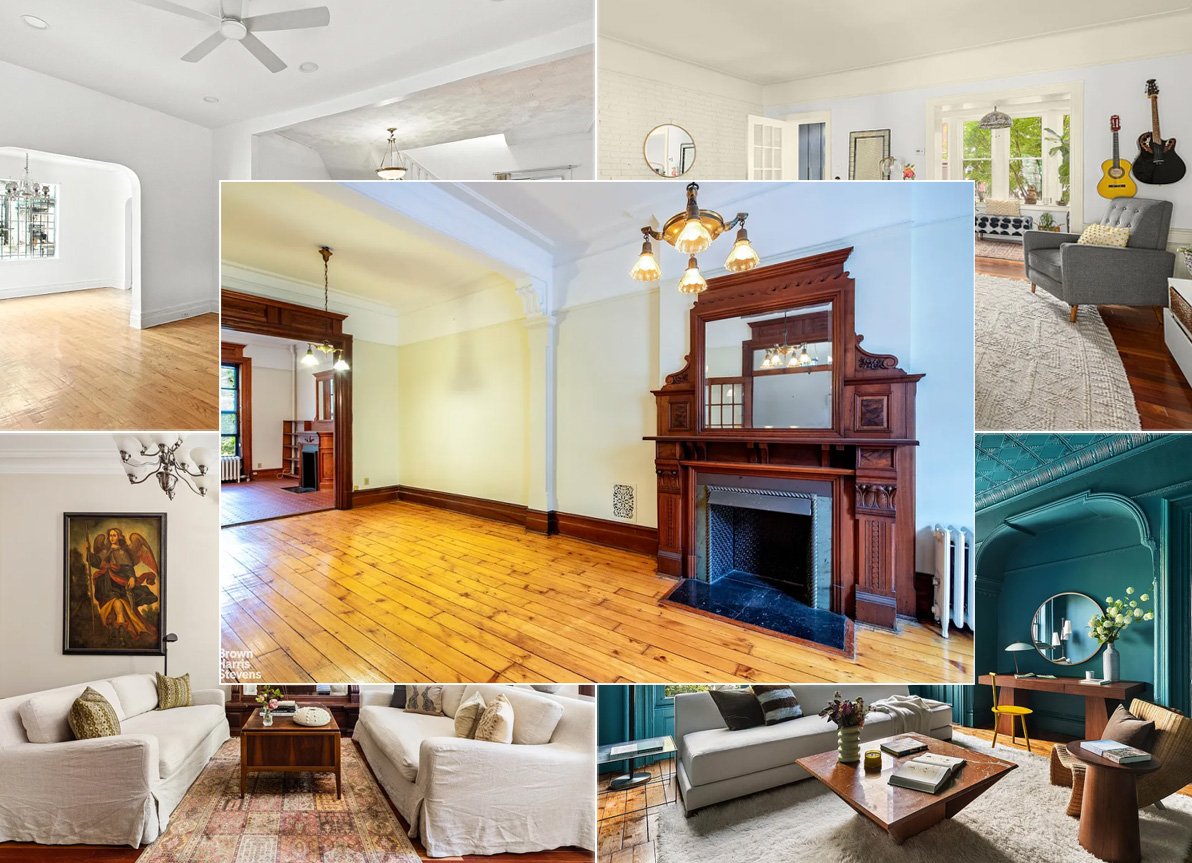Past and Present: The Hotel Gregory
A look at Brooklyn, then and now. When Brooklyn entered the 20th century, she had everything any good city needs to thrive: a great natural location, a vibrant population, industry, commerce, transportation and infrastructure. Brooklyn also had all of the amenities of a premiere city, including culture, restaurants, parks and entertainment. People came to Brooklyn…

A look at Brooklyn, then and now.
When Brooklyn entered the 20th century, she had everything any good city needs to thrive: a great natural location, a vibrant population, industry, commerce, transportation and infrastructure. Brooklyn also had all of the amenities of a premiere city, including culture, restaurants, parks and entertainment. People came to Brooklyn from all over the world. Tourist dollars are dependent on places to stay, and Brooklyn had plenty of hotels in those bygone days, from the swanky Bossert and St. George to the resorts of Coney Island and Brighton Beach. There were residential and transient hotels, “family” hotels, high price, mid-price and, though no reputable guide would tell you, by the hour. Most of her neighborhoods had at least one or two hotels, and there was never a complaint about not being able to find a decent place to stay in Brooklyn. That all changed after World War II.
In 1926, the Hotel Madrid opened on the corner of 4th Avenue and 84th Street in Bay Ridge. Designed as a Mediterranean villa, complete with corner towers, Mediterranean tile roofs, a columned loggia, and scattered Juliet balconies, the hotel was a piece of Spain or Tuscany in the heart of Brooklyn. The Madrid was advertised as one of Brooklyn’s most luxurious hotels, on a par with the St. George or the Bossert. Since many wealthy people still had homes on the Shore Road, as well as in the other more suburban enclaves of southern Brooklyn, it stands to reason that the hotel would do a brisk business without much competition.
Right before World War II, the Gregorius family purchased the Madrid, and re-named it the Hotel Gregory. It was still Bay Ridge’s most luxurious hotel, and over the years hosted many celebrities and entertainers. The postcard in our collection dates from this time, the 1940s, as does the matchbook. Bay Ridge was now a solidly middle class and working class neighborhood, and weddings, social and club events, visiting tourists, families, and businessmen kept the hotel in fine shape throughout this period.
In spite of all of Brooklyn losing its luster in the “suburban years,” as many Brooklynites decamped to the suburbs, and all of New York City’s fortunes declined, in the 1950s through ’70s, the hotel survived until 1983, when a huge fire destroyed most of the interior. Then it sat there until it was purchased and totally renovated by the Sunburst Hospitality Company, and re-opened as the Comfort Inn Gregory, which closed in 2002. In 2003, it was taken over by Best Western and became what it is today: the Best Western Gregory, with 70 rooms, six suites, and three meeting rooms.
When Downtown’s Marriott was still new, and the other new Brooklyn hotels that are now springing up like weeds were still in the planning stages, the Gregory was one of the few remaining hotels in Brooklyn. But it seemed to be a neighborhood secret until it made the papers with a reputation as a hotel of death. In 2008, in the space of six months, three bodies were found by hotel staff — two suicides and one murder. The murder was a john killed by a prostitute. The suicides, a man and a woman, were unrelated. Being a maid there must have been pretty stressful. Fortunately, there have been no other such incidents, and the hotel now hosts tourists arriving at the piers, and is taking advantage of Brooklyn’s new popularity.
It’s too bad tourists can’t stay in a building that still looks like it did originally. The hotel has lost most of what gave it a classy exterior. The corner towers no longer have their roofs and observation rooms, the Mediterranean tile roofline is totally gone, and the loggia that once looked out over the street is now only a façade wall. Only some of the Juliet balconies remain. The building has been blanded down to its core. From the reviews on line, the interior is a pale shade of its luxurious past, as well. In spite of all that, the Gregory is a survivor. That’s pretty amazing these days. GMAP









What's Your Take? Leave a Comment